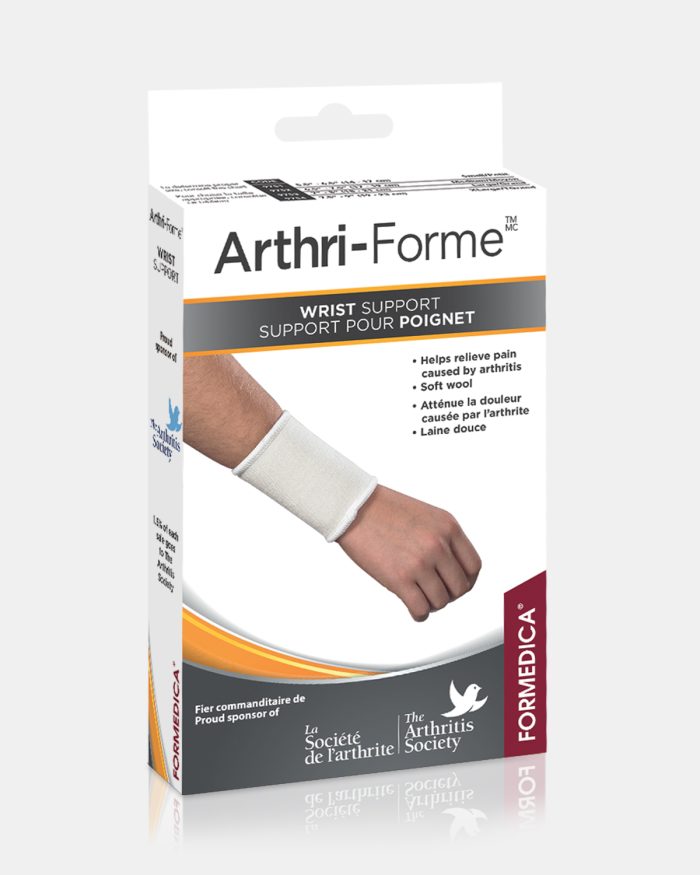In a scene from the blockbuster movie My Big Fat Greek Wedding, Maria Portokalos, the matriarch, declares that if men brag about being the head of the household, the woman is the neck and she starts turning her head in every direction. Obviously, the role of men and women in a marriage is an endless debate. However, one thing cannot be denied: the neck has an essential role and must continually accomplish rotations, flexions and torsions to allow us to see over our shoulder, to motion “yes”, to keep a low profile or to present an air of superiority, no matter what our head weighs. It’s no wonder the neck is home to many aches and pains. Everyone knows the expression “a pain in the neck”… Actually, after the back, the neck is the second most common source of complaints from patients who suffer from musculoskeletal troubles. But where does this pain come from and why do they tend to irradiate?
Multiple and varied origins
Neck pain can be attributed to different causes. There are two main types: chronic pain and acute pain.
Acute pain is referred to when the affliction is recent, no matter its intensity. The most common causes of acute pain include:
- Muscular tension and spasms in the shoulder area and the nap of the neck, which result from muscular contractions due to either a prolonged awkward position, bad posture, repetitive movements or a pillow that fails to support the head adequately;
- Spasmodic torticolis, a consequence of involuntary muscle spasm on the side or in the back of the neck, that jams the head in one position, greatly limiting its mobility;
- Neck sprain, better known as whiplash, usually occurs after a car accident, when the head is projected to the front, then to the back under a hard impact. Contact sports can also cause whiplash.
When the pain lasts several weeks, or even months, we refer to it as chronic neck pain. The most common causes of chronic pain are usually degenerative ailments or inflammation, such as:
- Osteoarthrosis of the neck vertebrea, that causes small protrusions on the vertebrae, which in turn can impede transmission of nervous influx and create several problems, such as headaches, vertigo when moving the head, buzzing in the ears and minor vision problems;
- Rheumatoid arthritis, which causes generalised joint (and neck) inflammation. The result is swelling and inflammation that limits mobility. In more severe cases, this causes a progressive and often inevitable joint degenerescence.
Most common complaints associated with neck pain
Generally, people with neck pain present one or more of the following symptoms:
- Pain and stiffness in the neck area;
- Limited mobility, sometimes on one side only;
- Pain at the base of the skull, upper back, shoulders and arms;
- Dizziness and headaches;
- Tingling or weakness in one arm or one hand – the result of a pinched or irritated nerve.
Symptoms vary according the damaged area, and can include vertebrae, tendons, ligaments, muscles and nerves. Usually neck pain disappears within a few days or a few weeks. If the pain continues beyond 12 weeks, chances are it is due to osteoarthritis or another degenerative disease.
High-risk people, and risk factors
Because of its varied origins and causes, neck pain can affect a large number of individuals. However, it does affect certain groups more frequently:
- women;
- athletes who practice contact sports such as football, hockey or boxing as well as soccer players who use their head to “kick” the ball;
- certain types of work that force workers to maintain their head in the same position during long periods, namely: painters, masons, as well as people who work with a microscope or computer;
- people who have suffered several small injuries to the neck.
Other risk factors include:
- Obesity;
- Smoking;
- High stress or dissatisfaction at work;
- Intense practice of certain physical activities in inadequate postures;
- A malformation or deformity of the spine (scoliosis, swayback);
- A pillow that is either too flat, too thick or that does not support the head adequately.
How to keep your head high as a rooster and mobile as a weathercock ?
Rest your neck during a few days avoiding ample movements and head rotations. It can be beneficial, however, to do a few stretching exercises such as flexing.
Apply ice on the painful area three to four times a day, during 10 minutes to reduce inflammation. If you use an ice pack, make sure it remains very cold.
If the pain is intense, you can relieve it with analgesic or anti-inflammatory tablets. Muscle relaxants can also help with the stiffness and spasms, but it is recommended to take them at bedtime, as they cause drowsiness.
Also, physiotherapy is recommended to relieve symptoms faster. These treatments can include an exercise program, massages, electric stimulus as well as other forms of therapy.
Finally, integrate walking to your physiotherapy program and stretching exercises. This combination is very good to relieve neck pain.
When to use a neck brace ?
Cervical collars, or neck braces, can help relieve the pain in most cases, as long as the right one is chosen. There are 2 types of braces on the market: rigid and flexible. The choice actually depends of the cause of the pain.
The soft collar offers light support without immobilising the joint and can be recommended in most cases, most particularly to relieve muscular pain and torticolis, as it provides more heat to the area.
The rigid collar is prescribed in more specific cases, for example, a whiplash caused by a car accident.
The collar should never be worn at night unless prescribed by the Doctor. Several hours of rest must also be taken daily to allow the joint to recover its autonomy.
Sources
http://www.rhumatopratique.com/public/region/rachis/cervical.html
http://www.doctissimo.fr/html/sante/encyclopedie/sa_1207_cervicalgie.htm
http://www.passeportsante.net/fr/Maux/Problemes/Fiche.aspx?doc=troubles_musculosquelettiques_cou_pm
http://www.pipelette.com/sante/mal-de-dos/comment-soigner-la-cervicalgie.html
http://www.informationhospitaliere.com/actualite-11106-etude-7-ans-portant-cervicalgies-met-evidence-meilleurs-soins.html
